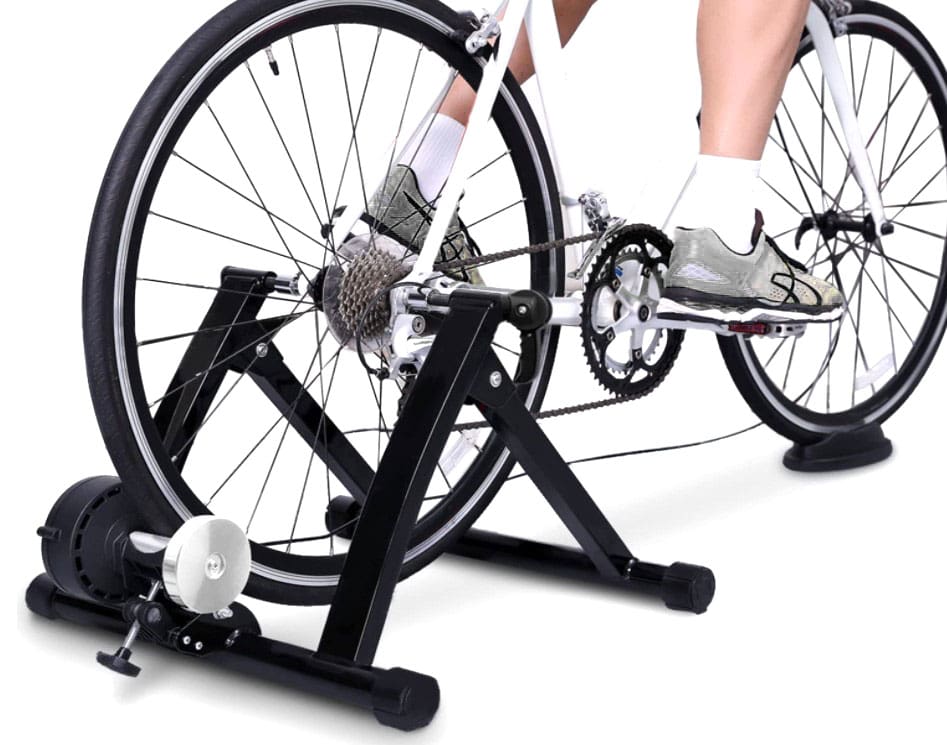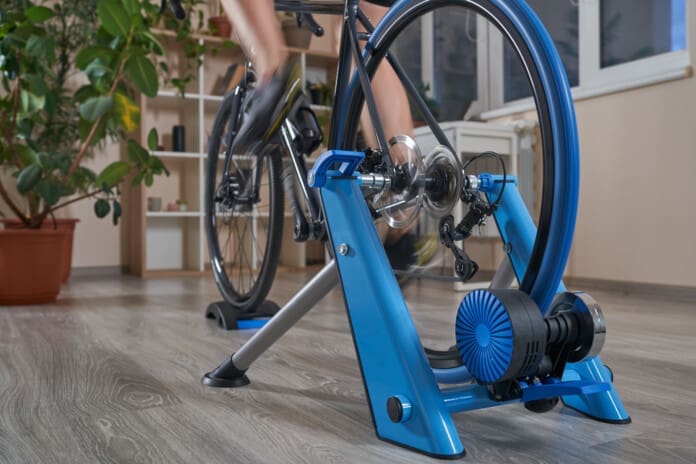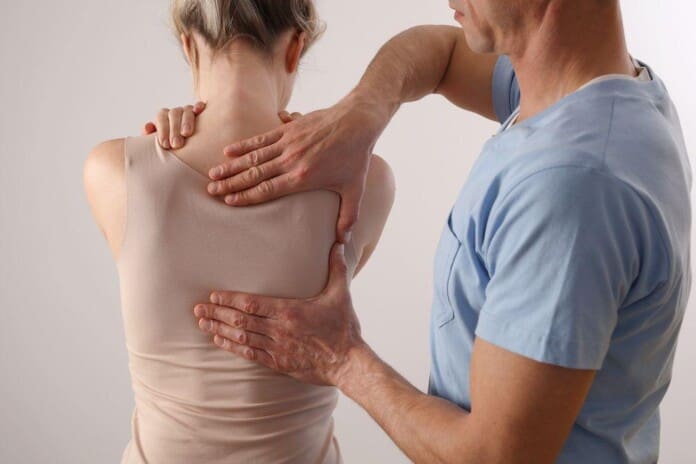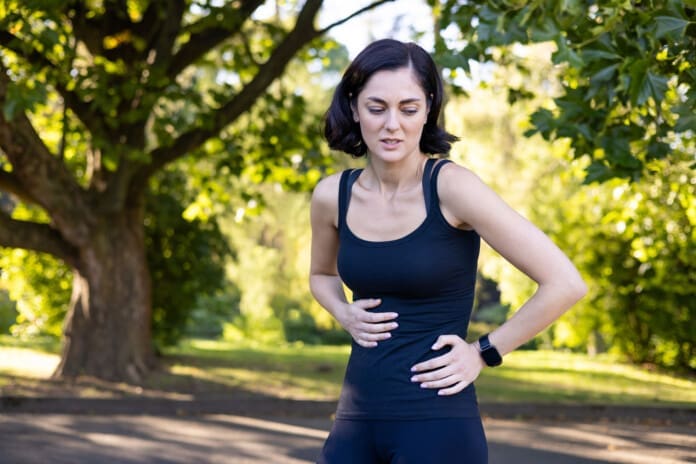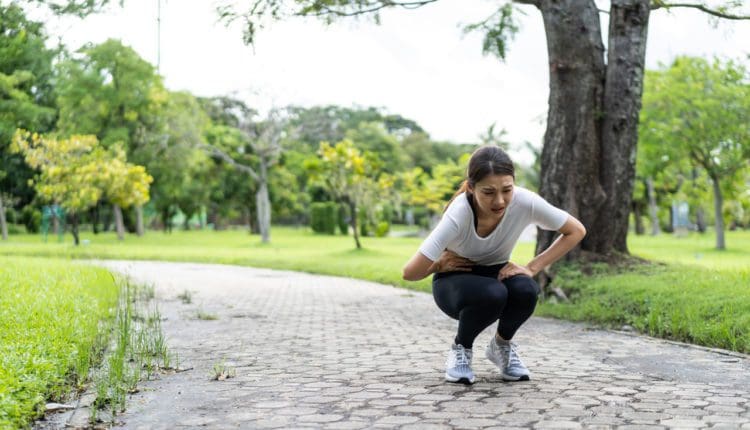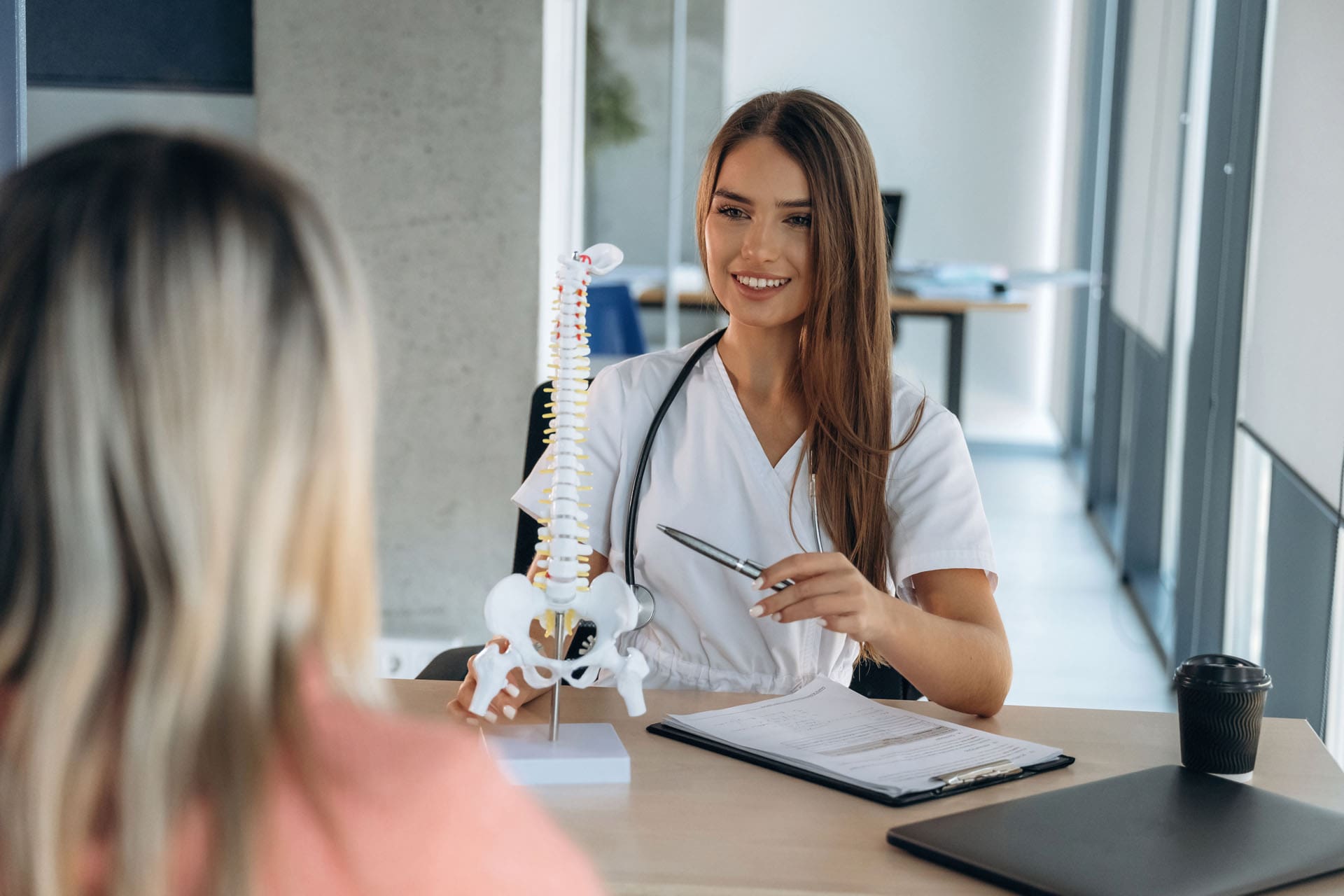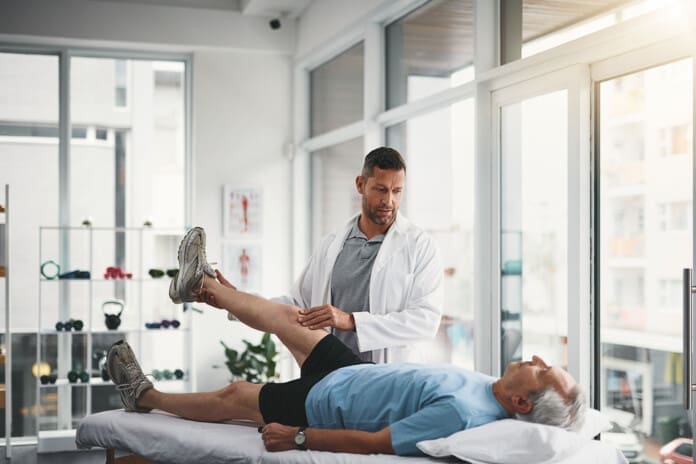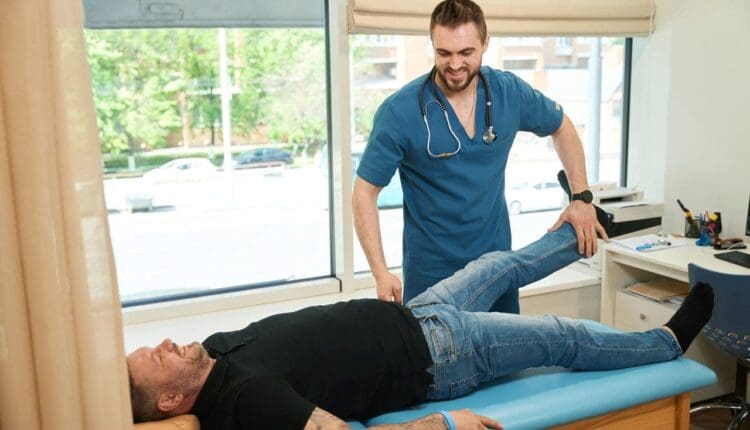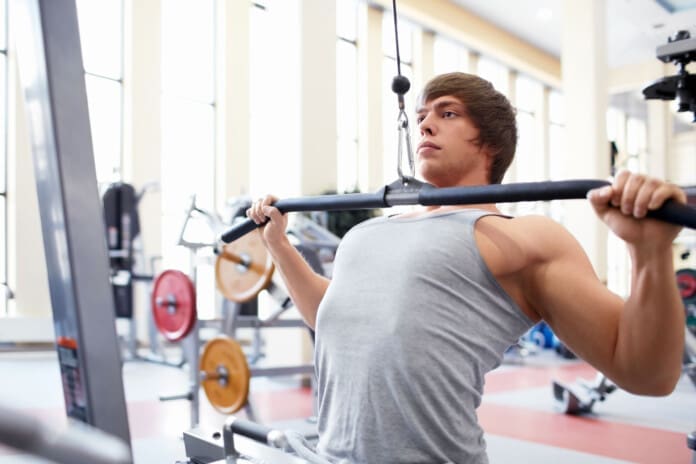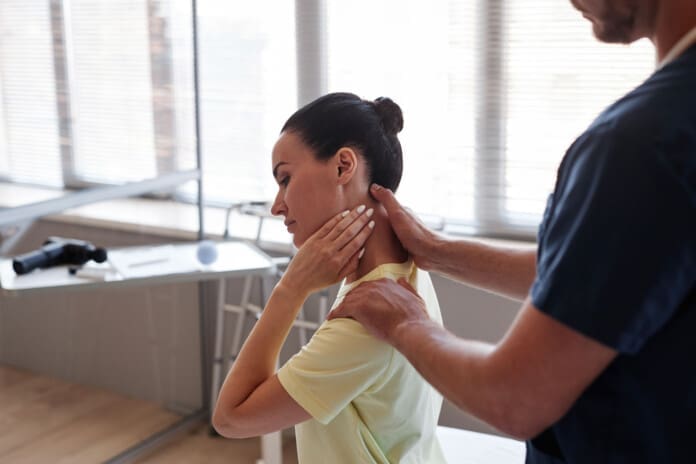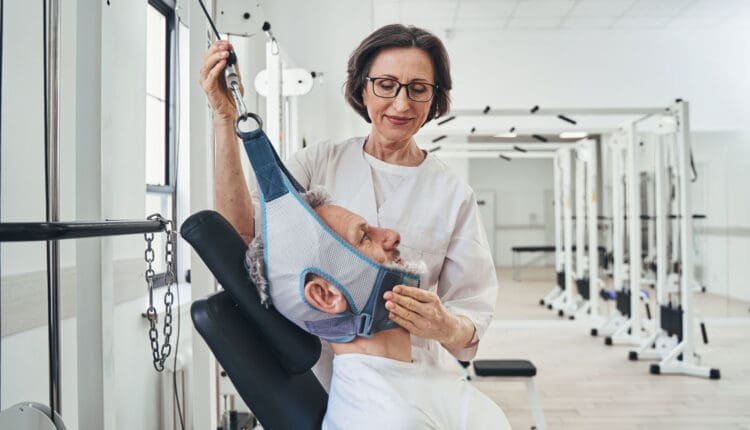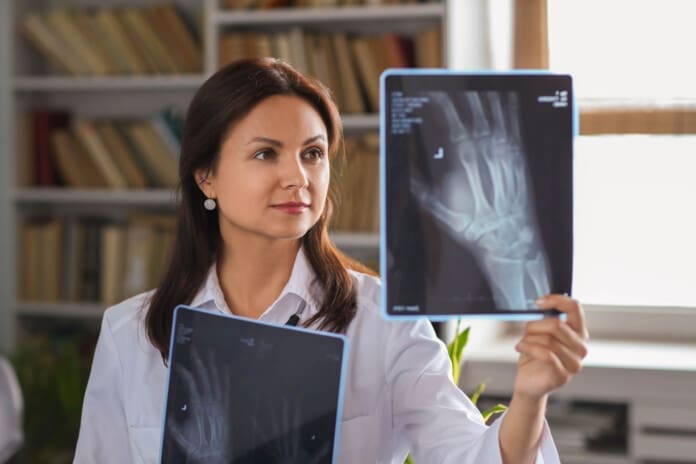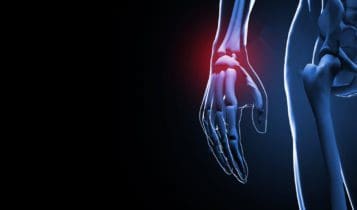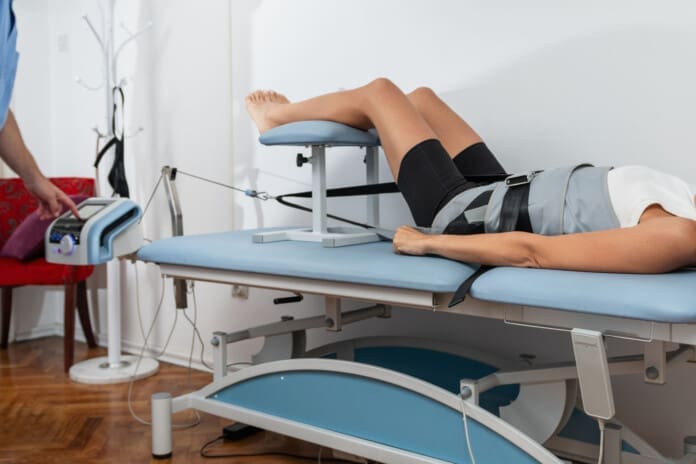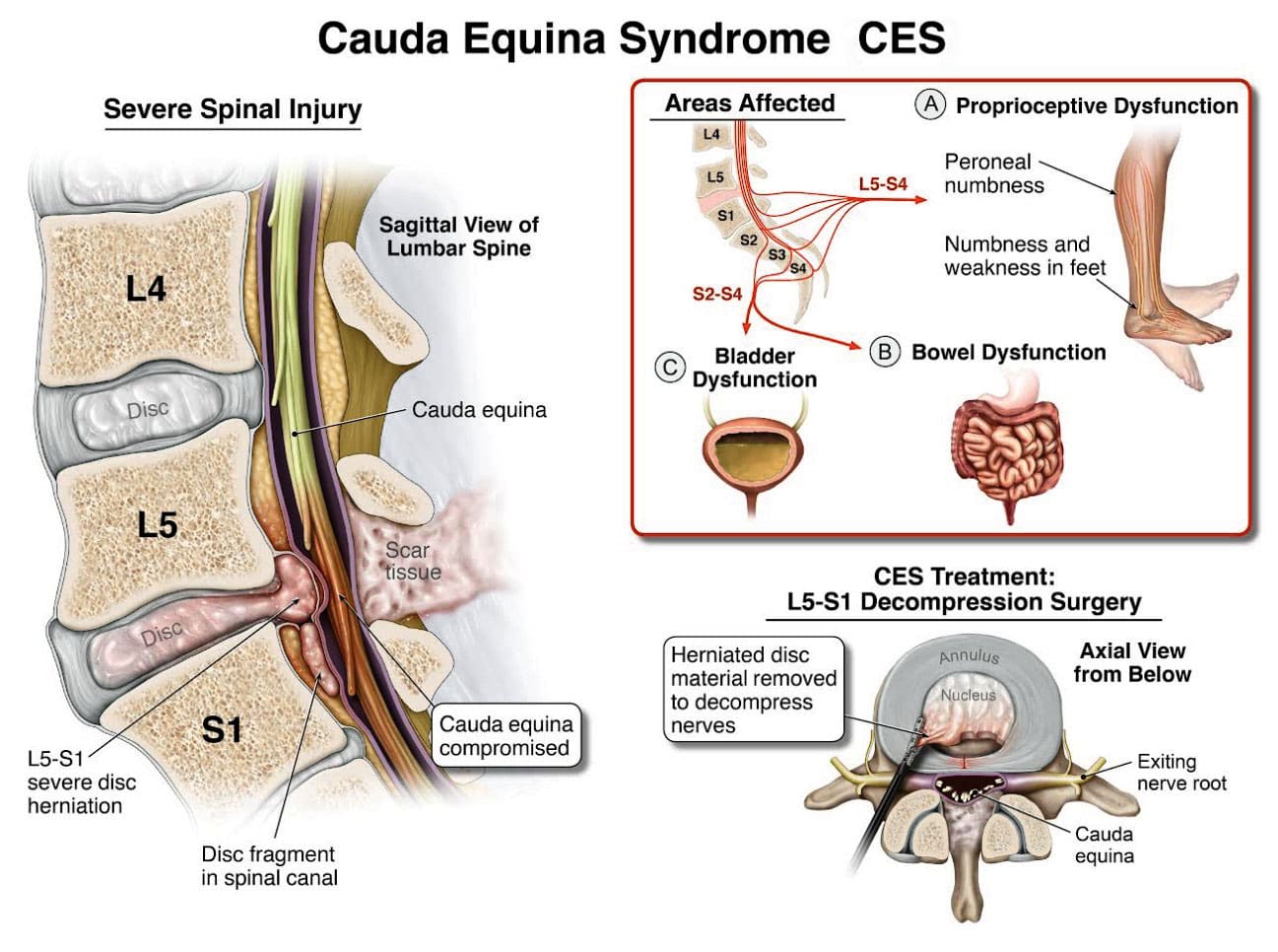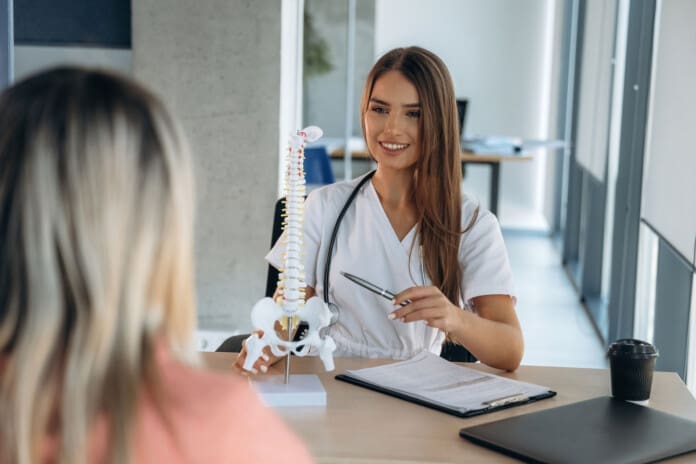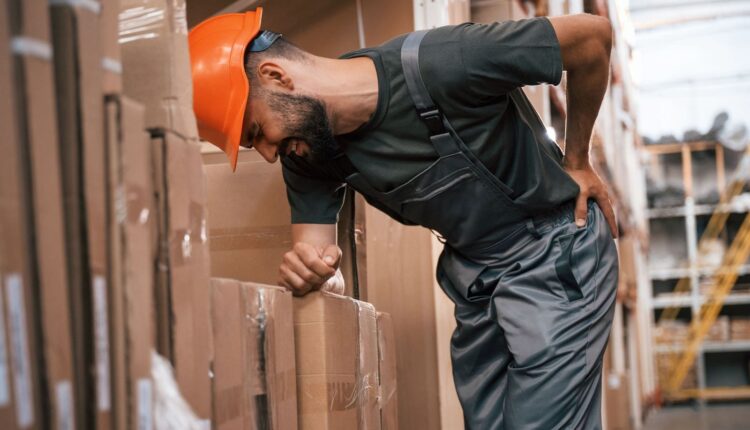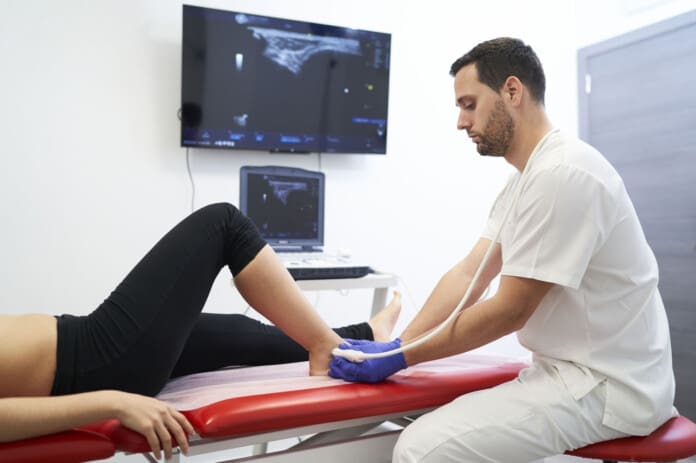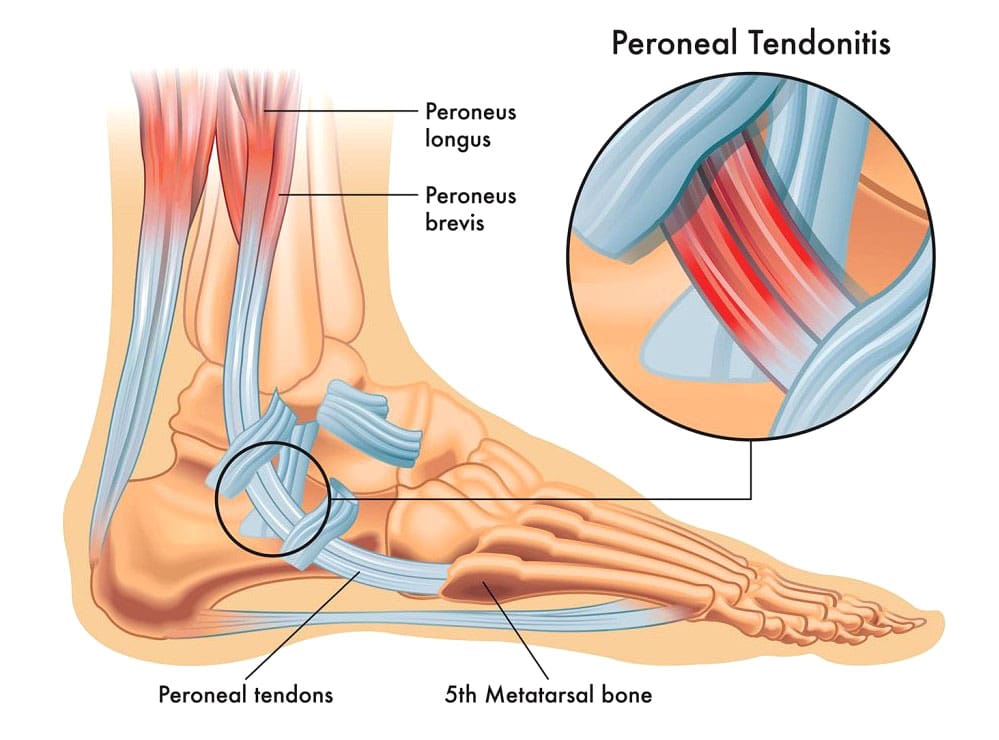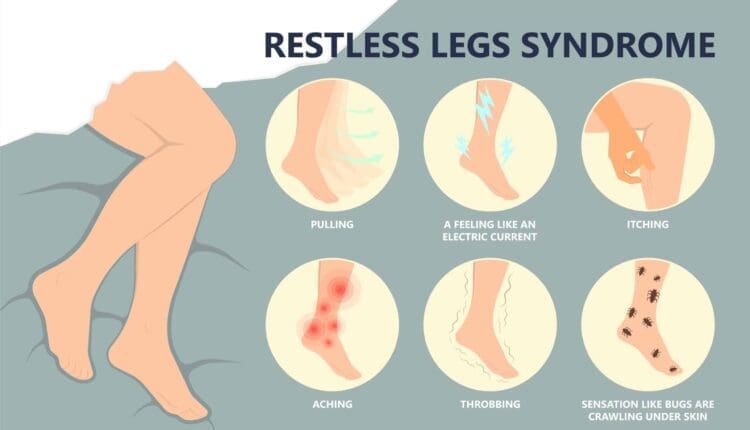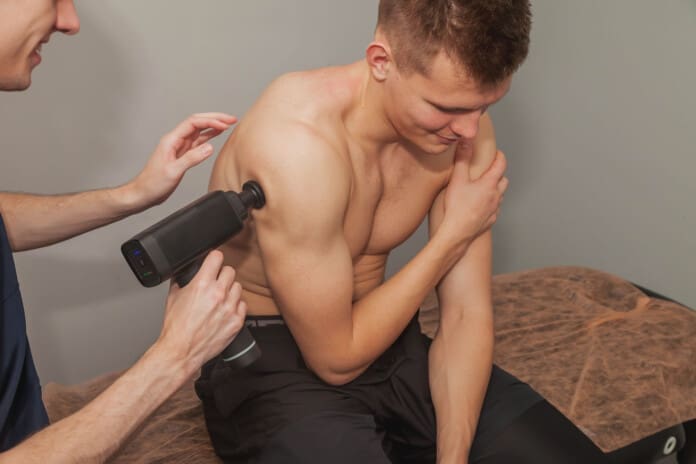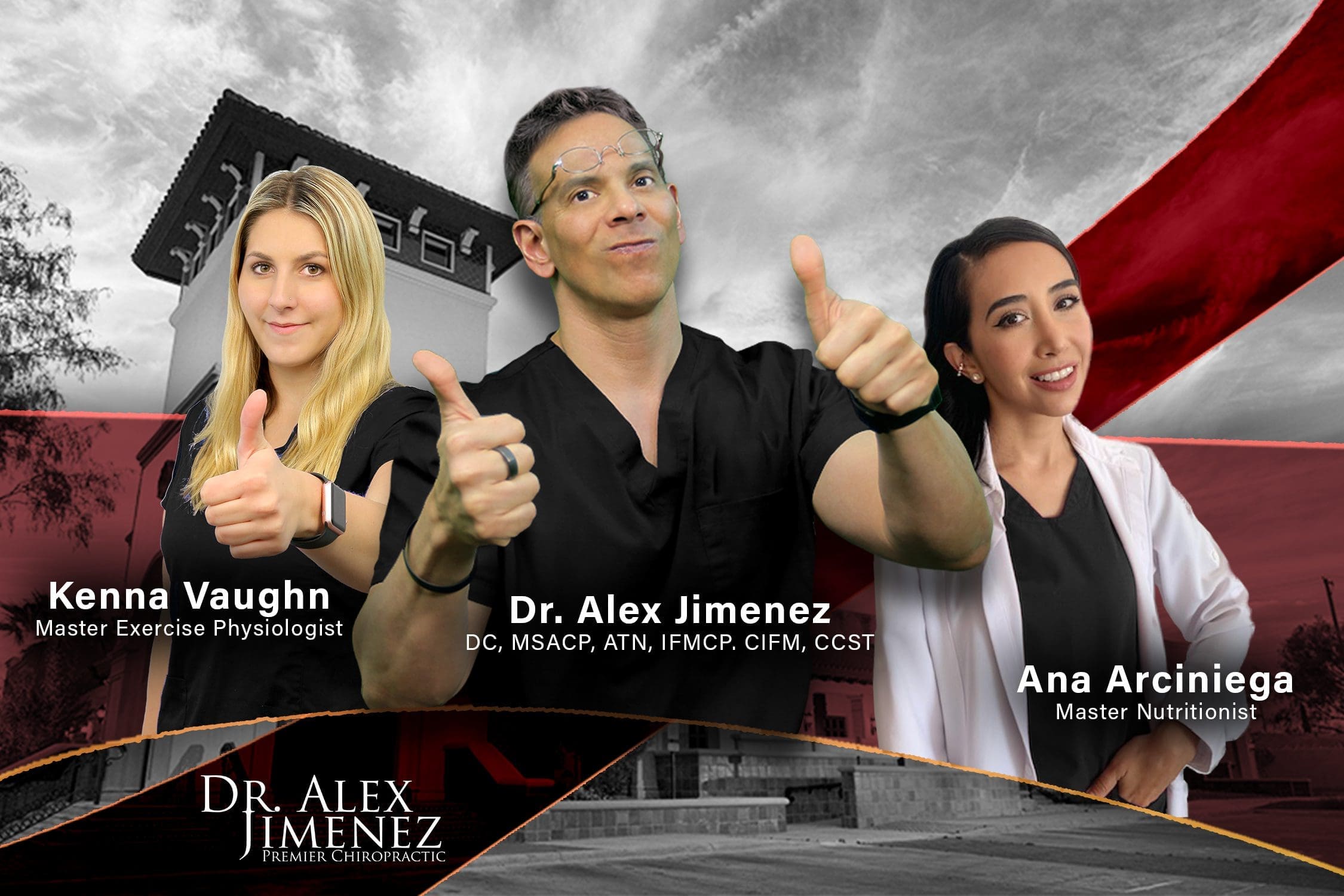The Humanistic Perspective
Psychoanalytic theory and behaviorism helped the humanistic viewpoint gain popularity in the middle of the 20th century. Humanism refers to those who stress human potential and the capacity for change. However, biological determinism—the belief that the majority of human traits, both mental and physical, are predetermined at conception—is rejected by humanism. Individuals’ innate need for self-actualization and creativity is emphasized by the humanistic viewpoint, which focuses on how individuals grow. Moreover, it is fundamental to the humanistic viewpoint since it is the idea that development is seen as an ongoing process that is influenced more by an individual’s social and environmental conditions than by genetics or other natural elements. Carl Rogers and Abraham Maslow, two prominent humanistic thinkers, investigated the use of the human viewpoint in a therapeutic setting. Better knowledge of pain, suffering, and emotions is made possible, and a more optimistic approach is certain to enhance patient and nurse practitioner results.(Boston-Leary et al., 2024)

Functional Medicine’s Influence Beyond Joints-Video
Abraham Maslow’s Hierarchy of Needs
Abraham Maslow (1908–1970), an American humanistic psychologist, researched and concentrated on the capacity for development in healthy people. He thought that individuals work toward self-actualization and begin to accept others and themselves for who they are. He saw that a lot of individuals were able to enjoy themselves and live comparatively guilt-free because they had lost their inhibitions.
Since Maslow’s hierarchy of needs is a psychological theory that explains a pattern via which human motivations often arise at the next level by enabling the person to be fully satisfied with the previous level, many people start using it to encourage action at that point. In Maslow’s hierarchy of needs, motivation is primarily based on a number of separate underlying systems, some of which are generated and given precedence over others. (Kenrick et al., 2010) We have also learned a lot about the self thanks to Maslow’s beliefs. Maslow’s hierarchy of requirements has five levels that enable people to grow: safety, self-actualization, love and belonging, esteem, and physiological needs. The development of a person toward meeting their greatest wants is symbolized by these five phases.
Physiological Needs
Maslow asserts that the primary physical need for human life are physiological needs, which include food, water, sleep, shelter, sex, and preserving bodily homeostasis. Many individuals must have their physiological needs met, such as eating, drinking, sleeping, or breathing, in order to be driven by the requirements at a higher level. Many nurses in a hospital context move away from safety and physiological demands as they show resilience and stability and adjust to the changing needs of the healthcare system. (Hayre-Kwan et al., 2021)
Safety
The second stage—known as safety—begins to gain priority and develop into a dominating habit if a person’s physiological demands are roughly supplied. This may be achieved via earning money, accumulating assets, and looking for safe havens. That individual may think about what they desire after they are content and feel secure. Safety needs must include the need for personal, emotional, financial, and physical security because when physical safety is lacking due to environmental factors like war, natural disasters, family violence, childhood abuse, or institutional racism, many people may experience or re-experience post-traumatic stress disorder (PTSD) or transgenerational trauma.
Another example of environmental variables impacting safety is economic safety, which may be brought on by a lack of employment prospects and a financial crisis. A need for employment stability, grievance processes to shield individuals against unjustified power, savings accounts, insurance policies, etc. are some examples of how economic safety must show up when it is lacking. Because children typically need to feel protected, this level of Maslow’s hierarchy of needs tends to prevail in their lives.
Love & Belonging
According to Maslow’s hierarchy of wants, love and belonging come in at number three. The yearning for friendship, closeness, and belonging are all components of love and belonging. Being close to family and friends is something that many individuals want when they join a club or subscribe to a group. In order to preserve a positive nurse-patient connection, healthcare professionals must provide affection and belonging to people who are experiencing pain-like sensations. This will guarantee that the person’s needs and desires are acknowledged and provide them a positive outlook to lessen their suffering. (Xu et al., 2021) During childhood, the demand for protection may be subordinated to the need for love and belonging. This is seen as a bad thing among kids who cling to violent parents. This level of Maslow’s hierarchy has deficiencies that might negatively impact a person’s capacity to establish and sustain emotionally meaningful connections, such as institutionalization, neglect, shunning, or ostracism. Furthermore, the growth of an individual might be greatly impacted by these adverse events.
Esteem
Maslow’s hierarchy of needs places self-esteem at stage four. Self-esteem is the common human need to be appreciated and accepted by others. Everyone aspires to be someone at this point, therefore many seek respect, self-worth, and confidence from their peers. A person with money may purchase a high-end watch, for instance, whereas someone with a brain might write, ponder, or even work a lot. This results from the drive to compete and perform at the best level possible. Due to ego demands like status or respect, many individuals will also often pursue a career or pastime. Many individuals will worry about receiving respect, prestige, significance, and acknowledgment from others since most people desire to feel valued. Consequently, it is necessary to have self-respect and self-esteem. However, a person’s self-esteem may suffer if they don’t get positive comments, which might hinder their progress. Consequently, the root causes of their pain and suffering will be addressed. (Carroll et al., 2025)
Self-Actualization
Self-actualization is the last level in Maslow’s hierarchy of needs. The ability to eat, sleep, feel secure, fit in with a group, and yet feel unique are all examples of lower levels of requirements that must be met in order for individuals to reach the greatest level of their existence. When we get to the top, we may relax, be creative, and accept things as they are. It is still possible for any of the lower levels’ requirements to stay low even when there is no longer any pressure on particular demands. The drive to become the best version of oneself by achieving attainable goals is known as self-actualization. Self-actualization is a condition of self-fulfillment where individuals may reach their full potential in a way that is unique to them, according to humanistic ideology. This desire may be seen or focused on quite precisely by many people. A few instances are as follows:
- Someone who aspires to be the perfect parent
- Someone who aspires to express themselves via sports
- Individuals who used their skills and aptitudes to create art as a self-expression.
Questions of the Hierarchal Status
When talking about human behavior, Maslow’s hierarchy of needs serves as a crucial basis for comprehending the relationship between drive and motivation. As one moves up the ladder, each requirement is shown in the levels that call for motivation. Numerous significant problems begin to surface while examining the hierarchical structure.
The first concern is the path of advancement when a person advances both within and between levels. Maslow first highlighted the need of attending to lower-level needs before moving on to higher-level requirements. This original idea gave rise to an understanding of how different people are in how they see and value each fundamental need. For instance, females may prioritize their reproductive requirements above those of other people. According to Maslow, satisfying every need is not a prerequisite for fulfilling needs at a higher level. The next level of demands takes precedence after a person’s fundamental, lower-level wants have been mostly met. Higher-level wants, like self-actualization, might be satisfied before certain lower-level needs are completely satisfied.
Whether a person climbs unidirectionally from the base of the pyramid to the summit is a second, related topic. Multidirectional mobility throughout the phases is conceivable because a person’s requirements at a given period of life may be influenced by a variety of variables. In light of being laid off, an employee who is considering raising a family—the third stage of Maslow’s hierarchy—may need to concentrate on the second level, safety. The second and third levels of Maslow’s hierarchy of needs would take unemployment into account, even if this worker had created a feeling of safety and security. Because human existence and progress are dynamic rather than static, the hierarchy must allow for this fluctuation, which is why it is significant. The main idea behind Maslow’s theory is that because self-actualization is the aim, fundamental needs must be satisfied before one is inspired to pursue higher-level wants. This encourages the person to evaluate every need that must be met in order to achieve self-actualization with a positive connection. (Taormina & Gao, 2013) People will see improvements in their bodies and mentalities as well as better lifestyles as they begin to incorporate Maslow’s hierarchy of needs into their daily routines.
Injury Medical Chiropractic & Functional Medicine Clinic
We collaborate with licensed healthcare professionals who apply Maslow’s hierarchy of needs to our patients’ pain and suffering in a clinical setting. In addition to posing crucial queries to our affiliated healthcare professionals, we counsel individuals to incorporate minor adjustments into their everyday schedules and provide them a secure environment.This material is envisioned as an academic service by Dr. Alex Jimenez, D.C. Disclaimer.
References
Boston-Leary, K., Alexander, G. R., & Davis, S. (2024). Leveraging Maslow’s Hierarchy of Needs to Build Nursing’s More Inclusive Future. Nurs Adm Q, 48(1), 55-64. doi.org/10.1097/NAQ.0000000000000613
Carroll, A., Collins, C., & McKenzie, J. (2025). Physician wellbeing in a national rehabilitation hospital, a qualitative study utilizing Maslow’s hierarchy of needs as a framework for analysis. BMC Health Serv Res, 25(1), 175. doi.org/10.1186/s12913-025-12310-x
Hayre-Kwan, S., Quinn, B., Chu, T., Orr, P., & Snoke, J. (2021). Nursing and Maslow’s Hierarchy: A Health Care Pyramid Approach to Safety and Security During a Global Pandemic. Nurse Lead, 19(6), 590-595. doi.org/10.1016/j.mnl.2021.08.013
Kenrick, D. T., Griskevicius, V., Neuberg, S. L., & Schaller, M. (2010). Renovating the Pyramid of Needs: Contemporary Extensions Built Upon Ancient Foundations. Perspect Psychol Sci, 5(3), 292-314. doi.org/10.1177/1745691610369469
Taormina, R. J., & Gao, J. H. (2013). Maslow and the motivation hierarchy: measuring satisfaction of the needs. Am J Psychol, 126(2), 155-177. doi.org/10.5406/amerjpsyc.126.2.0155
Xu, J. X., Wu, L. X., Jiang, W., & Fan, G. H. (2021). Effect of nursing intervention based on Maslow’s hierarchy of needs in patients with coronary heart disease interventional surgery. World J Clin Cases, 9(33), 10189-10197. doi.org/10.12998/wjcc.v9.i33.10189
Disclaimer
